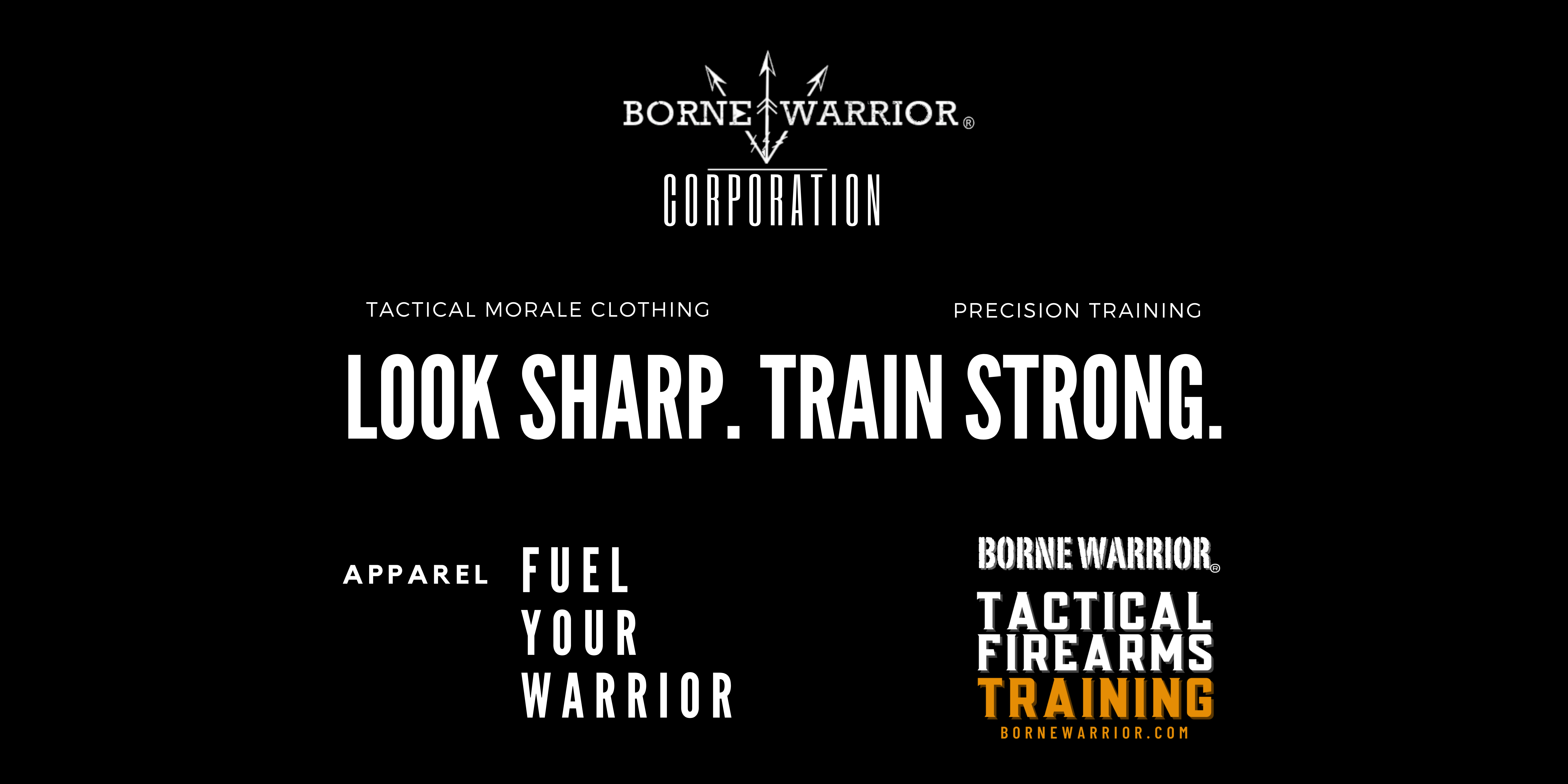Why Watching Firearms Videos Isn't Enough
Why Watching Firearms Videos Isn't Enough — You Need Hands-On Training
If you're a firearm owner or considering becoming one, chances are you’ve already gone down the rabbit hole of YouTube tutorials, Instagram clips, or online forums. Maybe you’ve picked up a few shooting tips here and there — and that’s a great start. But here’s the reality that often gets overlooked:
Watching videos isn’t the same as hands-on training.
It’s not even close.
Sure, social media can provide solid foundational knowledge. You might see impressive instructors demonstrating the basic fundamentals of shooting with clean technique and tight groupings. You take notes, head to the range, and… your results don’t quite match what you saw on screen.
So, let’s break this down.
The Truth Behind What You’re Watching
Most of those content creators you admire online? They’re either seasoned firearms instructors or high-level competitive shooters. They’ve spent hundreds, even thousands of hours refining their skills. What looks effortless to them is the result of deliberate, consistent training — something you can’t replicate by passively watching.
That’s where the disconnect happens: information vs. application.
You may have read books or watched videos explaining zeroing, trigger control, or red dot usage. But when you step onto the range and engage a target, suddenly everything changes. You're not just recalling information — you're trying to manage recoil, correct grip pressure, focus your sights, and control your breathing... all at once.
Why Fundamentals Require Practice
Let’s say you’ve “zeroed” your firearm using a laser or boresight. Once you're at the range and your shots are scattered all over the target, you might think something’s wrong with your setup.
In reality, it's probably not the zero — it's your fundamentals.
Here are just a few critical elements that impact your performance:
-
Stance and grip
-
Trigger control and follow-through
-
Sight alignment and sight picture
-
Breathing and focus under pressure
-
Understanding your firearm’s characteristics
Even zeroing your firearm — something you might assume is one-and-done — is only accurate for the distance at which you zeroed it. Think of your bullet like a football thrown by a quarterback: it travels in an arc, and understanding that trajectory helps you know where your round will hit at various distances.
What a Firearms Instructor Sees That You Don’t
When you’re in the moment, especially as a new shooter, you’re processing so much that your brain can’t track all the variables. A qualified instructor, on the other hand, sees everything you’re missing — your flinch, your inconsistent grip, your finger placement on the trigger, and even how you're mentally approaching the shot.
Dry fire practice and live fire range time are essential, but only when paired with real feedback from someone trained to correct and refine your technique.
The Bottom Line
Before you go upgrading your trigger or swapping out springs trying to "fix" your accuracy, fix your technique first.
The most high-end gear in the world won’t make up for poor fundamentals.
So yes, keep watching the videos. Keep learning. But the moment you pick up that firearm, remember this:
Shooting is a skill that lives in your body, not just in your mind.
And there’s no substitute for practical, hands-on instruction.
Ready to train the right way?
Join us in North Carolina for our next upcoming training dates and invest in building the muscle memory and knowledge you need to handle your firearm safely, accurately, and confidently. That’s how you bridge the gap between information and real-world application.
Stay safe. Stay sharp. Train smart.
Pat & Pam
BORNE WARRIOR CORPORATION® All Rights Reserved
